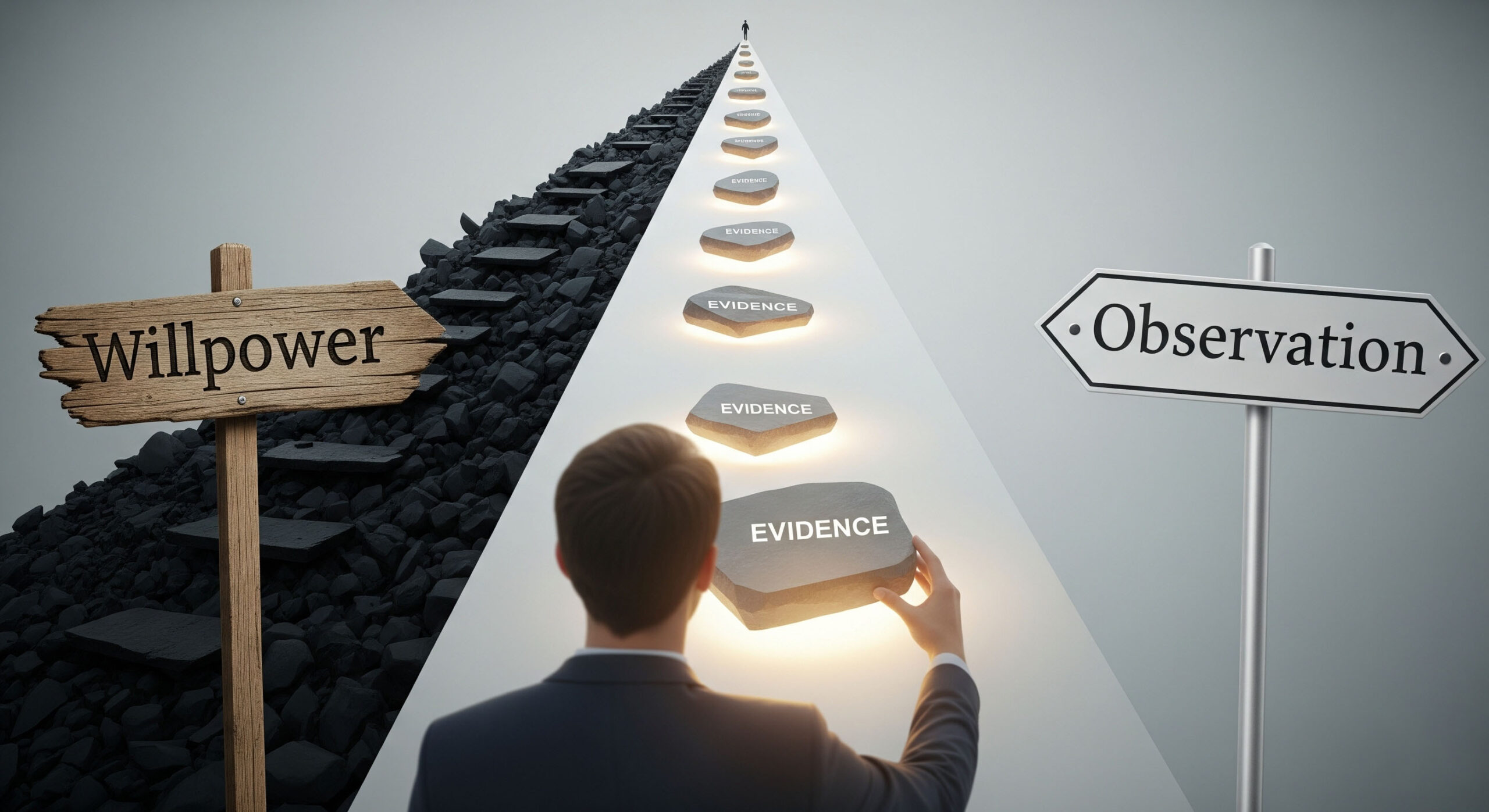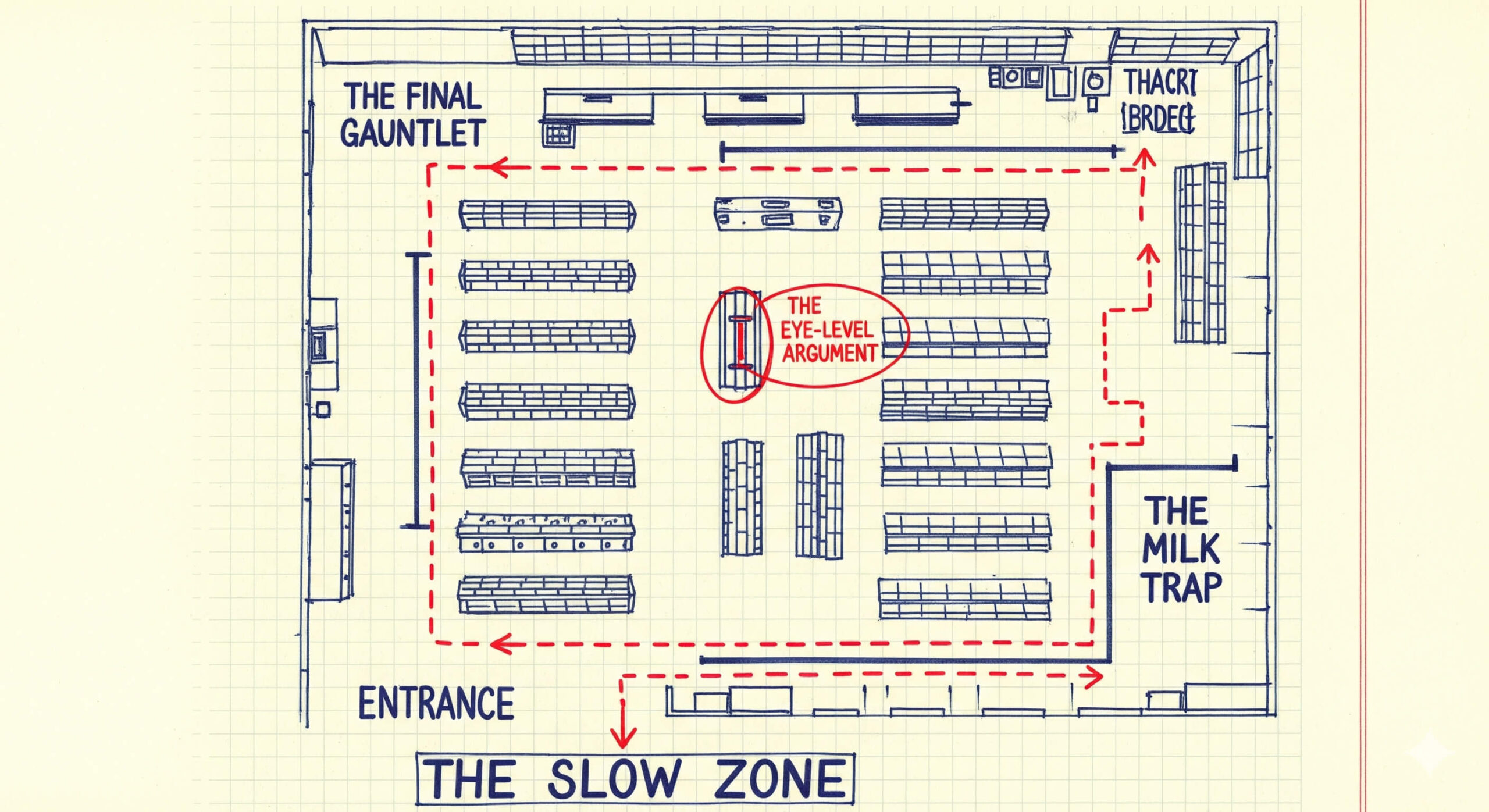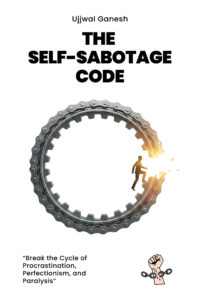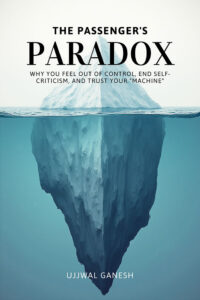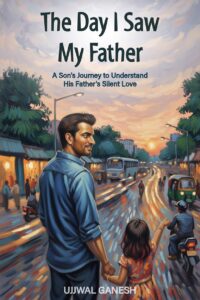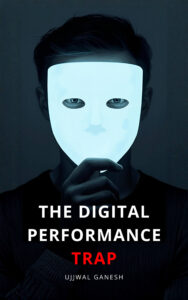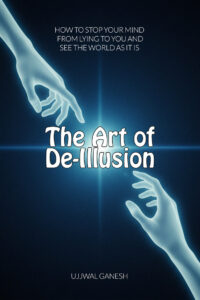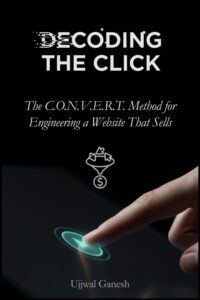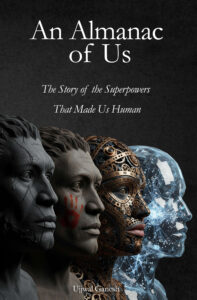You know the feeling. It’s the tense, white-knuckle effort of trying to force a change in your life. Whether you’re trying to stick to a new diet, quit a bad habit, or become a more productive person, our default strategy is almost always the same: apply more willpower.
We spend our days in a state of constant internal warfare. A voice in our head shouts commands: “Don’t eat that cookie!” “Stop procrastinating and get to work!” “You have to go to the gym!” We push, we fight, we resist. For a few days, or even a few weeks, this brute-force approach might work. But it’s mentally exhausting. It feels like holding your breath underwater.
Inevitably, a stressful day comes, your energy reserves are depleted, and the muscle of your willpower snaps. You slide back into your old patterns, feeling utterly defeated and blaming yourself for a perceived lack of discipline. This frustrating cycle isn’t a sign of personal failure; it’s a sign of a flawed strategy. Willpower is a finite and fickle resource, and relying on it for lasting change is like trying to power a city with a single, rapidly draining battery.
There is a better, smarter, and more sustainable way. The secret to profound, lasting change isn’t found in having more willpower; it’s found in designing a system where you need less of it. The key is to stop fighting your current identity and start building a new one, using the powerful and deliberate tool of observational evidence.
Why Willpower Is a Finite Resource That’s Destined to Fail
To understand why the willpower-only approach is a losing battle, we need to understand a well-documented psychological phenomenon called Decision Fatigue. As I explore in my book,
A Symphony of One, your capacity for self-control is not an infinite wellspring of virtue; it’s a limited cognitive resource that gets tired with overuse, just like a physical muscle.
Every single decision you make throughout the day—from choosing your outfit in the morning to deciding what to have for dinner—drains a small amount of this mental energy. Resisting temptation and forcing yourself to do something you don’t feel like doing are among the most draining decisions of all. Each time you actively fight an urge, you’re making a significant withdrawal from your willpower account.
A famous study of parole board judges perfectly illustrates this. The study found that judges were far more likely to grant parole to prisoners at the beginning of the day than at the end. As the day wore on and the judges made more and more mentally taxing decisions, their willpower eroded. When decision fatigue set in, they reverted to the easiest and safest default choice: denying parole. They weren’t becoming crueler; their cognitive resources were simply depleted.
This is what happens to us every day. By the time we face the critical choice at 9 PM—to read a book or scroll on our phone—our willpower account is often overdrawn from a thousand tiny decisions made throughout the day, making us vulnerable to our easiest, most ingrained habits. Relying on willpower alone is a strategy of depletion. A truly effective strategy must be one of construction.
The Alternative: Become an Architect of Your Identity
The most profound and lasting change comes from shifting your identity. The goal isn’t just to act like a healthy person; the goal is to become a healthy person. When your actions are a natural expression of your core beliefs about who you are, the internal struggle disappears. You no longer need willpower to do what feels authentic.
But how do you change a deeply ingrained belief about yourself? You systematically change the evidence.
As I explain in my book, The Observation Effect, your identity is simply the story your brain tells itself, and that story is built upon a lifetime of accumulated proof. This process is powerfully amplified by Confirmation Bias, our brain’s natural tendency to actively seek out, notice, and remember evidence that confirms our existing beliefs. If your identity includes the belief “I’m a procrastinator,” your brain will become a world-class expert at spotting every instance of your procrastination while conveniently ignoring the times you were productive.
The new strategy is to hijack this system. You must become a new kind of detective—one who consciously and deliberately seeks out new evidence for a new, desired story about yourself.
The Evidence-Gathering Method: A 4-Step Guide
This is your practical framework for building a new identity, not with brute force, but with the patient and deliberate collection of proof.
Step 1: Define the New Theory (Your Desired Identity)
Before a detective can look for clues, they need to know what case they’re trying to solve. You cannot find evidence for a vague wish. You must get crystal clear on the new identity you want to build.
- Instead of: “I want to be less anxious.” The New Theory is: “I am the type of person who is calm and finds peace in the present moment.”
- Instead of: “I need to be better with money.” The New Theory is: “I am a conscious spender who makes intentional financial choices.”
Your Action: Write down one clear, positive identity statement. This is the new theory you will be gathering evidence for.
Step 2: Start the Hunt (Make the Evidence OBVIOUS)
Your mission is to find one tiny piece of evidence each day that supports your new theory. You are training your brain to see what it would normally filter out.
- For the “calm person”: The evidence isn’t “feel zero anxiety all day.” The evidence is, “I observed myself taking a single, slow, deep breath when I felt stress rising.”
- For the “conscious spender”: The evidence isn’t “save a thousand dollars.” The evidence is, “I observed myself pausing for 30 seconds before an online purchase to ask if I really needed it.”
This is an active hunt for micro-observations that prove your new identity is already emerging.
Step 3: Reinforce the Finding (Make the Evidence SATISFYING)
When a detective finds a crucial clue, they don’t just glance at it; they bag it, tag it, and log it. You must do the same for your observational evidence. The best tool for this is what I call the
“Evidence Journal.”
At the end of each day, take two minutes to write down the one piece of evidence you found. This simple ritual is profoundly satisfying. It externalizes your progress, making it tangible and real. The act of writing solidifies the memory and gives it more weight in your mind. As you read back through your journal over weeks and months, you are presenting your brain with an undeniable, historical record of your new identity. It moves from a fuzzy idea to a documented fact.
Step 4: Lower the Bar for Evidence (Make it EASY)
The key to this entire process is consistency, not intensity. To ensure you can collect evidence every day, you must make the task ridiculously easy. A vote for your new identity doesn’t have to be a grand gesture.
- Writing a single, creative sentence is evidence you are a writer.
- Doing one push-up is evidence you are an athletic person.
- Putting one dish in the dishwasher is evidence you are a tidy person.
By setting the bar for evidence incredibly low, you make it impossible to fail. You guarantee that you can collect a new piece of data every single day, building unstoppable momentum toward your new self.
From Evidence to Belief: How the Shift Happens
In the beginning, this process feels deliberate and a little artificial. You are consciously looking for something you don’t fully believe in yet. But as your Evidence Journal fills up, a quiet and profound transformation occurs. The weight of proof begins to shift.
Your brain, the biased detective, starts to see that the new theory has a growing body of credible, documented evidence. The old, negative story starts to look less convincing.
Your self-perception begins to change, not because you forced it to, but because you presented it with a compelling, evidence-based case. The internal struggle that once required so much willpower begins to dissolve. Your new behaviors start to feel natural because they are now in alignment with the story you believe about yourself. You’re not trying to be a conscious spender anymore. You simply are one.
This is the power of observation turned inward. Willpower is the tool of someone trying to fight their own story. Observation is the tool of someone who is learning to write a new one. The most lasting and profound change comes not from fighting who we are, but from deliberately observing who we are becoming.
This guide gives you the blueprint for this transformative process. To get the complete field manual for using observational techniques to master your mind and consciously create your identity, you can explore the full framework in my book, The Observation Effect.
